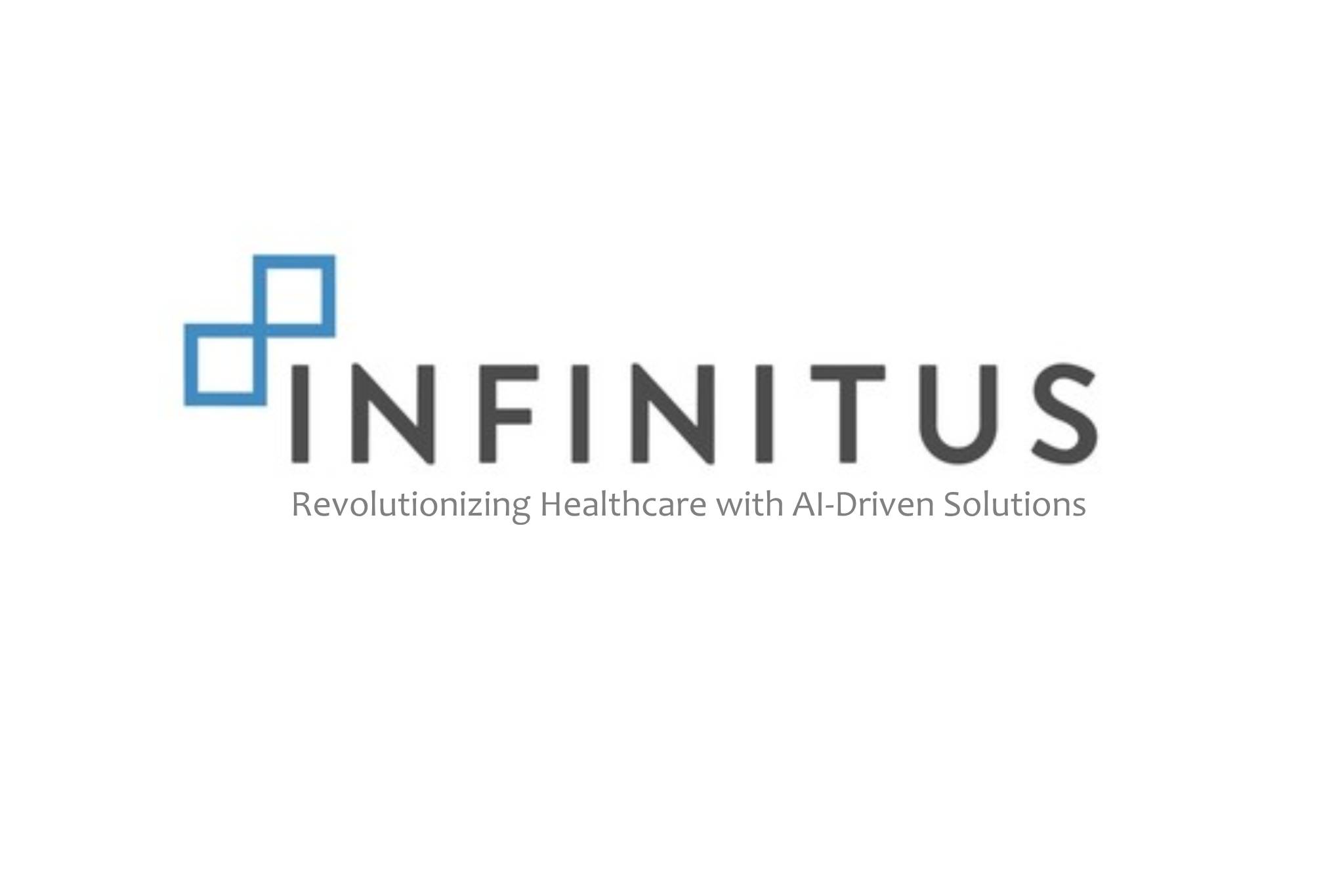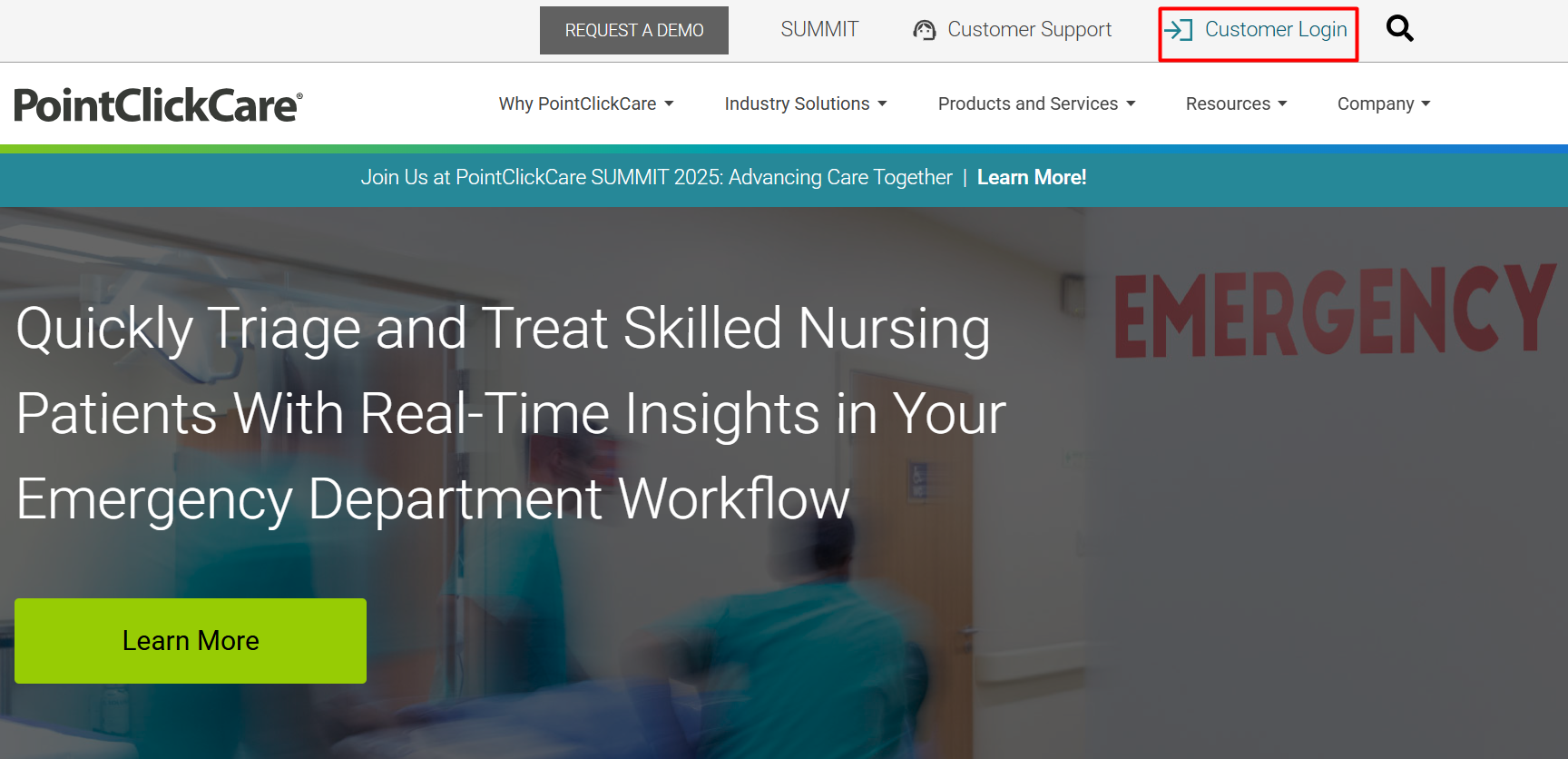In 2025, Artificial Intelligence (AI) is playing a groundbreaking role in early cancer detection by analyzing medical scans, genetic data, and patient records with greater accuracy and speed than humans alone. AI-powered tools can identify subtle patterns that often go unnoticed, helping doctors diagnose cancers like breast, lung, and skin cancer earlier.
This means faster treatment, improved survival rates, and reduced costs for patients and healthcare systems.
Introduction: Why Early Detection Matters
Cancer remains one of the leading causes of death worldwide, but survival rates increase dramatically when the disease is caught early. Traditional diagnostic methods—like biopsies, imaging scans, and lab tests—can sometimes miss the earliest signs.
However, AI-powered healthcare solutions will revolutionize how doctors detect cancer at its earliest stages. By combining machine learning, deep learning, and predictive analytics, AI makes diagnosis faster, more accurate, and more personalized.
How AI is Transforming Early Cancer Detection in 2025
1. AI-Powered Imaging and Radiology
One of the biggest advances is happening in radiology. AI algorithms are trained on millions of medical images such as mammograms, CT scans, and MRIs.
- Breast Cancer: AI can spot tumors in mammograms years before they become visible to the human eye.
- Lung Cancer: Low-dose CT scans analyzed by AI reduce false positives and improve early detection accuracy.
- Skin Cancer: AI-powered dermatology apps analyze skin lesions and flag high-risk ones for further testing.
According to recent research, AI tools in radiology now match or even surpass the accuracy of human radiologists in identifying certain cancers.
2. Genomic Data and Precision Oncology
Cancer often begins with genetic mutations. AI can process huge amounts of genomic data in minutes, which used to take months for researchers.
- Detects mutations linked to specific cancer types.
- Helps doctors predict how aggressive a cancer may become.
- Guides personalized treatment plans tailored to a patient’s DNA profile.
This is the backbone of precision medicine, making cancer treatment more targeted and effective.
3. Liquid Biopsies Enhanced by AI
Traditional biopsies are invasive and sometimes risky. In 2025, liquid biopsies—blood tests that detect circulating tumor DNA (ctDNA)—are becoming mainstream.
AI enhances this process by:
- Identifying microscopic DNA fragments linked to cancer.
- Predicting recurrence before symptoms appear.
- Reducing false positives, ensuring patients don’t undergo unnecessary treatments.
4. AI in Pathology and Lab Analysis
AI systems can scan pathology slides at a cellular level, detecting cancerous changes invisible to the human eye.
- Automates the detection of abnormal cell growth.
- Reduces diagnostic errors caused by human fatigue.
- Speeds up turnaround time, allowing quicker treatment decisions.
5. Predictive Analytics and Risk Assessment
AI is not only diagnosing cancer—it’s predicting who is most at risk.
- Lifestyle data: Smoking, diet, and exercise habits.
- Wearable devices: Track vital signs and detect anomalies.
- Electronic health records (EHRs): AI compares medical history with millions of datasets to estimate cancer risk.
This proactive approach means patients can take preventive measures before cancer even develops.
6. Telemedicine + AI for Global Access
In 2025, AI is bridging the healthcare gap in underserved regions. With AI-powered telemedicine platforms:
- Patients can upload scans and receive near-instant AI analysis.
- Rural doctors gain access to advanced diagnostic support.
- Healthcare costs decrease, making early detection more accessible worldwide.
Benefits of AI in Early Cancer Detection
Faster Diagnosis: AI reduces waiting time from weeks to hours.
Improved Accuracy: Reduces false positives and negatives.
Cost-Effective: Prevents expensive late-stage treatments.
Personalized Care: Helps tailor treatments based on genetics and lifestyle.
Global Impact: Expands access to quality care across regions.
Challenges and Ethical Considerations
While AI is powerful, it comes with challenges:
Data Privacy: Patient data must be securely stored and protected.
Bias in Algorithms: AI trained on limited datasets may underperform for certain populations.
Human Oversight: Doctors are still needed for final judgment—AI is a tool, not a replacement.
Healthcare experts emphasize that AI should augment doctors, not replace them.
The Future of AI and Cancer Detection Beyond 2025
Looking ahead, AI will continue to evolve:
- Real-time monitoring through smart wearables.
- Multi-cancer early detection tests (MCEDs) powered by AI.
- Integration with robotics for automated biopsies and surgeries.
- AI chatbots for patient support, guiding people through screenings and treatment follow-ups.
Step-by-Step: How AI Detects Cancer Early
Data Collection: The patient undergoes imaging, a blood test, or wearable monitoring.
AI Analysis: Algorithm processes scans or genetic data.
Pattern Recognition: AI detects suspicious changes invisible to humans.
Risk Prediction: AI compares results with millions of previous cases.
Doctor Review: Human specialists confirm and plan treatment.
Patient Care: Faster, more accurate intervention begins.
FAQs
Q1. Can AI detect all types of cancer?
Ans: Not all cancers yet, but AI is most effective for breast, lung, skin, colorectal, and prostate cancers. Research is rapidly expanding to cover more types.
Q2. Is AI replacing doctors in cancer diagnosis?
Ans: No. AI assists doctors by analyzing data faster and more accurately, but human expertise remains essential for decision-making.
Q3. How accurate is AI in detecting cancer in 2025?
Ans: AI tools in radiology and pathology now reach accuracy rates of 90–95%, often surpassing traditional diagnostic methods.
Q4. Is AI-powered cancer detection available everywhere?
Ans: Not yet, but AI-powered telemedicine is making early detection more accessible in developing regions.
Q5. What’s next for AI in cancer care?
Ans: Expect breakthroughs in multi-cancer detection tests, predictive medicine, and real-time patient monitoring with AI-powered wearables.
Conclusion
In 2025, AI is revolutionizing early cancer detection by making diagnosis faster, more precise, and more accessible. From analyzing scans and genetic data to predicting risks and guiding treatment, AI is giving doctors powerful tools to save lives.
While challenges like data privacy and algorithmic bias remain, the future of cancer care is clear: AI is not just a technology—it’s a life-saving partner in healthcare.
Sahil Sachdeva is the Founder of curemedoc.com and a Digital Marketing professional with years of experience. If you need help in Content writing and want to increase your website ranking, connect with him, as he has some premium websites where you can share blogs with DoFollow links and increase your website’s ranking on Google.





